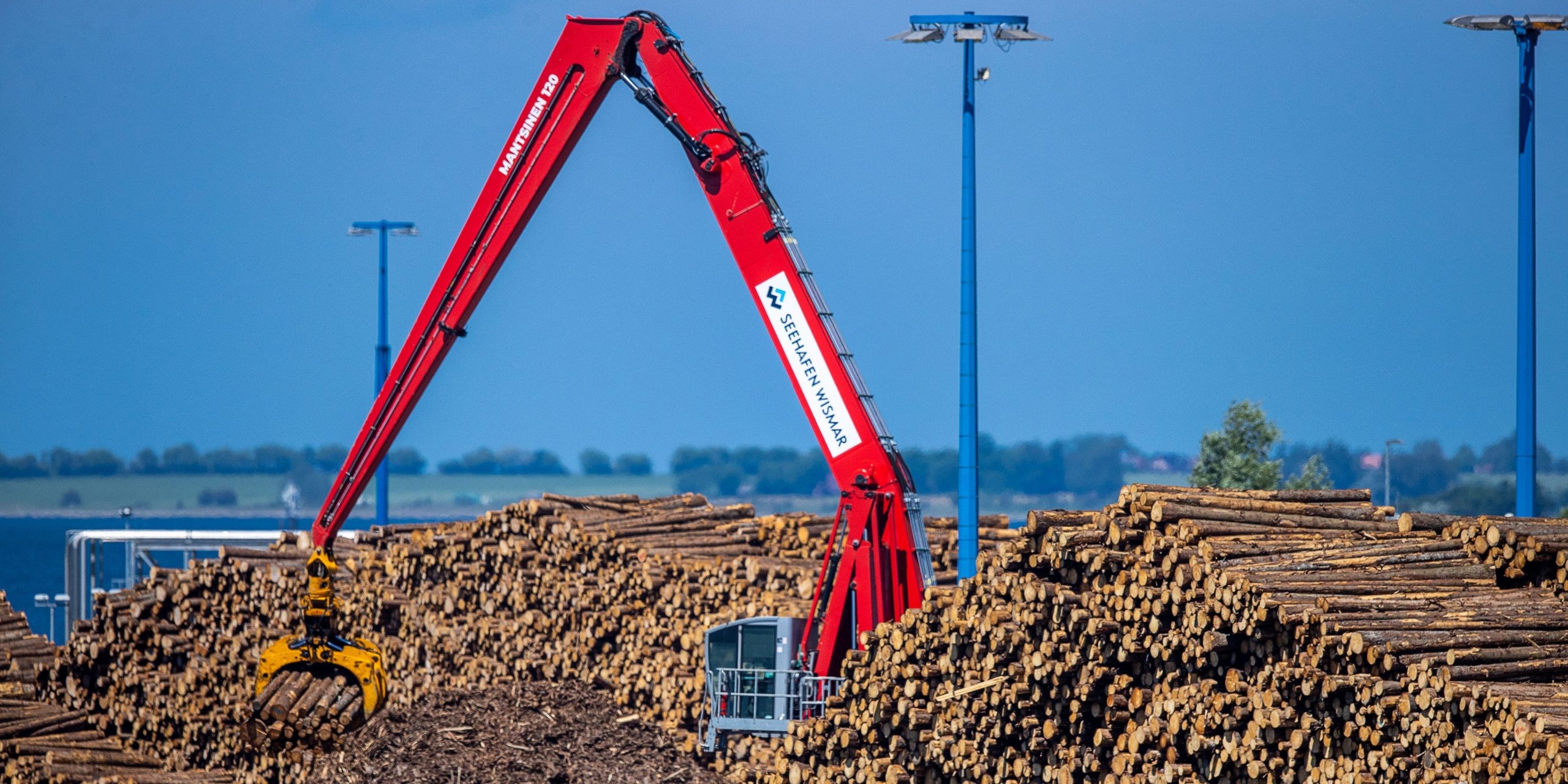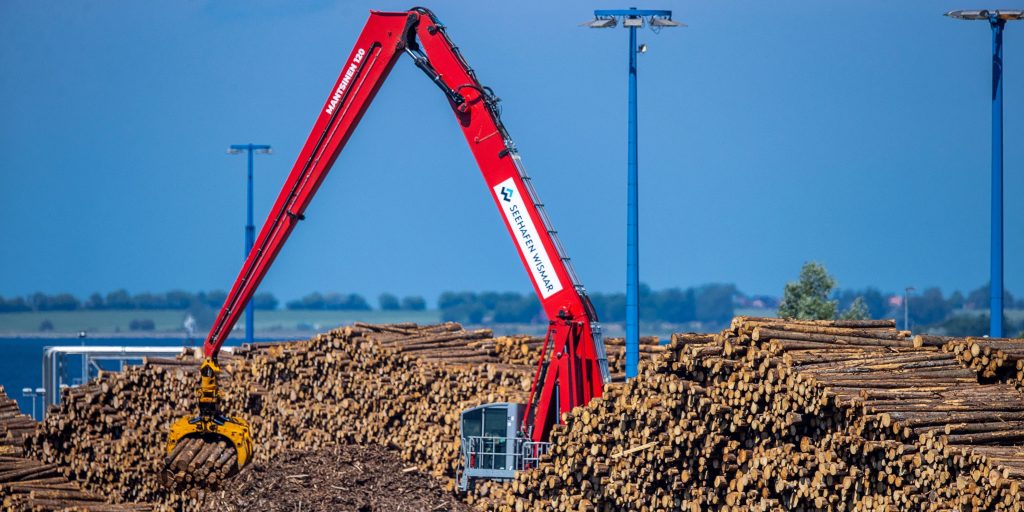
- The price of lumber has yet to bottom – and will fall as much as 30% off by the end of the year, Micheal Gayed says.
- Gayed is an award-winning portfolio manager for Toroso Investments who has long touted lumber as a powerful indicator for the US economy.
- He gave three reasons why lumber could fall to $357 per thousand board feet by the end of 2021.
- Sign up here for our daily newsletter, 10 Things Before the Opening Bell.
The price of lumber has yet to bottom and will shed as much as 30% by the end of the year, veteran portfolio manager Micheal Gayed said.
This means the commodity could slip to as low as $357 per thousand board feet, from around $510 per thousand board feet lumber was trading at on August 27.
Gayed, an award-winning portfolio manager for Toroso Investments who has long touted lumber as a powerful indicator for the US economy, said there are three reasons the commodity will see a protracted slide.
First is the slow down in housing construction as elevated prices dissuade buyers and sap demand, he said. The market is set to reverse, and if housing cools, so will construction, he added. Various data show that the housing crisis is getting worse in the US.
"Lumber is sort of your closest real-time gauge of housing activity," Gayed, who also runs the ATAC Rotation Fund, told Insider. "Housing activity is probably just due to slow down aggressively."
Lumber prices have slipped 70% from record highs of $1,711 reached in May. Prior to that record, prices had skyrocketed more than 500% during the COVID-19 pandemic amid supply-chain disruptions.
Gayed's second reason is an oversupply in lumber as sawmills rushed to meet demand, he said. Lumber production, which starts in the mills, was severely disrupted when much of the economy shut down.
But now, many analysts see North America's biggest lumber producers set up for a rebound following an immense blow during the height of the pandemic caused by lockdowns and raging wildfires.
The third reason, Gayed said, is that the market will soon realize that inflation is indeed transitory. Lower inflation typically results in lower Treasury yields, and yields, he says, generally move in the same direction as lumber.
Gayed is well known for his 2015 report on the relationship between gold, lumber, and the economy, and when to play "offense" and "defense."
If lumber is outperforming gold in roughly four months, Gayed said, investors should take a more aggressive stance as this indicates economic strength. If gold is outperforming lumber in the same time period, he advises investors to do the opposite.
A final reason lumber could see a further downturn - one which Gayed says is less talked about - is the looming crisis related to the debt ceiling, which US Republican lawmakers have recently signaled they will not lift.
"The implication is that if S&P and Moody's downgrade US debt like they did in 2011, and the reaction is the same, it ... would broadly hurt economic activity."
Gayed pointed to the massive correction in 2011 when the US stock market crashed after a credit rating downgrade by S&P - the first time the country was downgraded.
Dit artikel is oorspronkelijk verschenen op z24.nl

